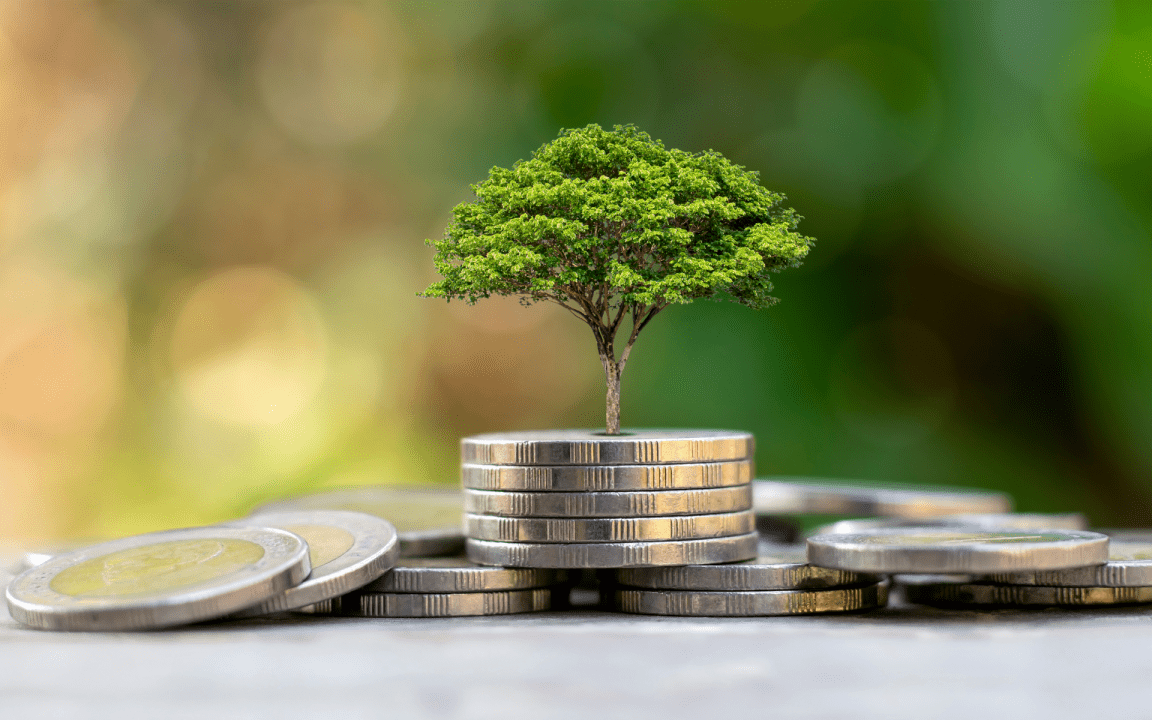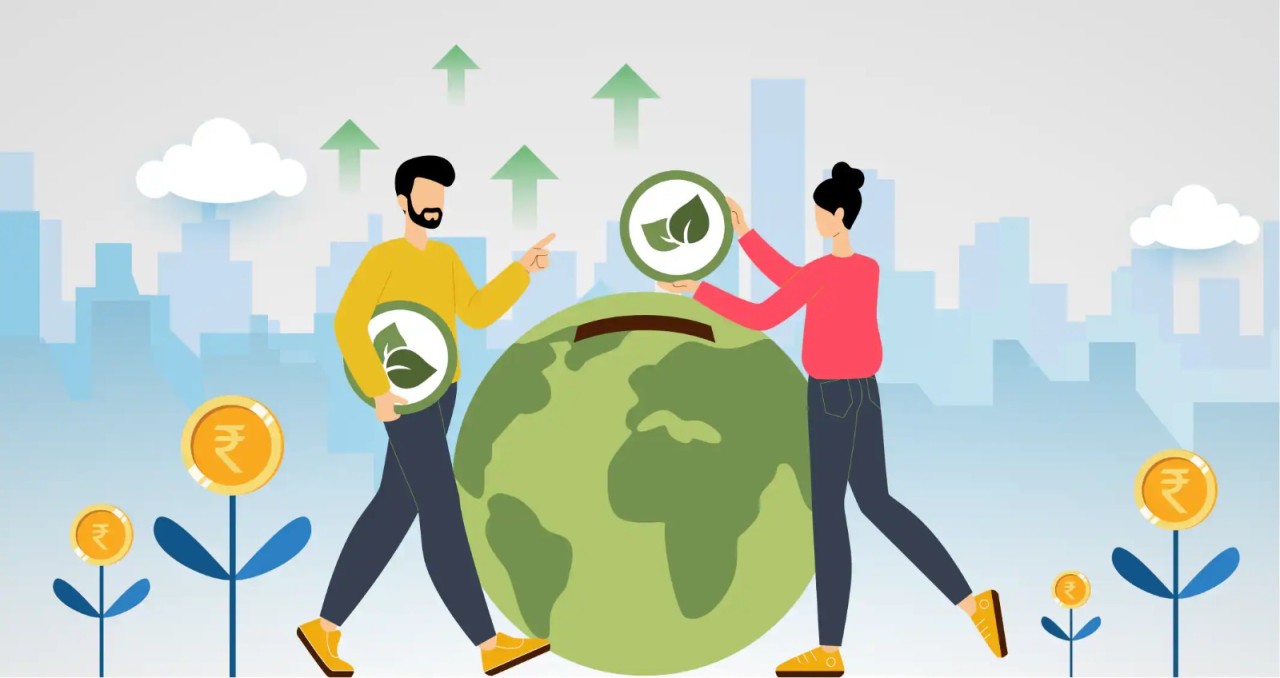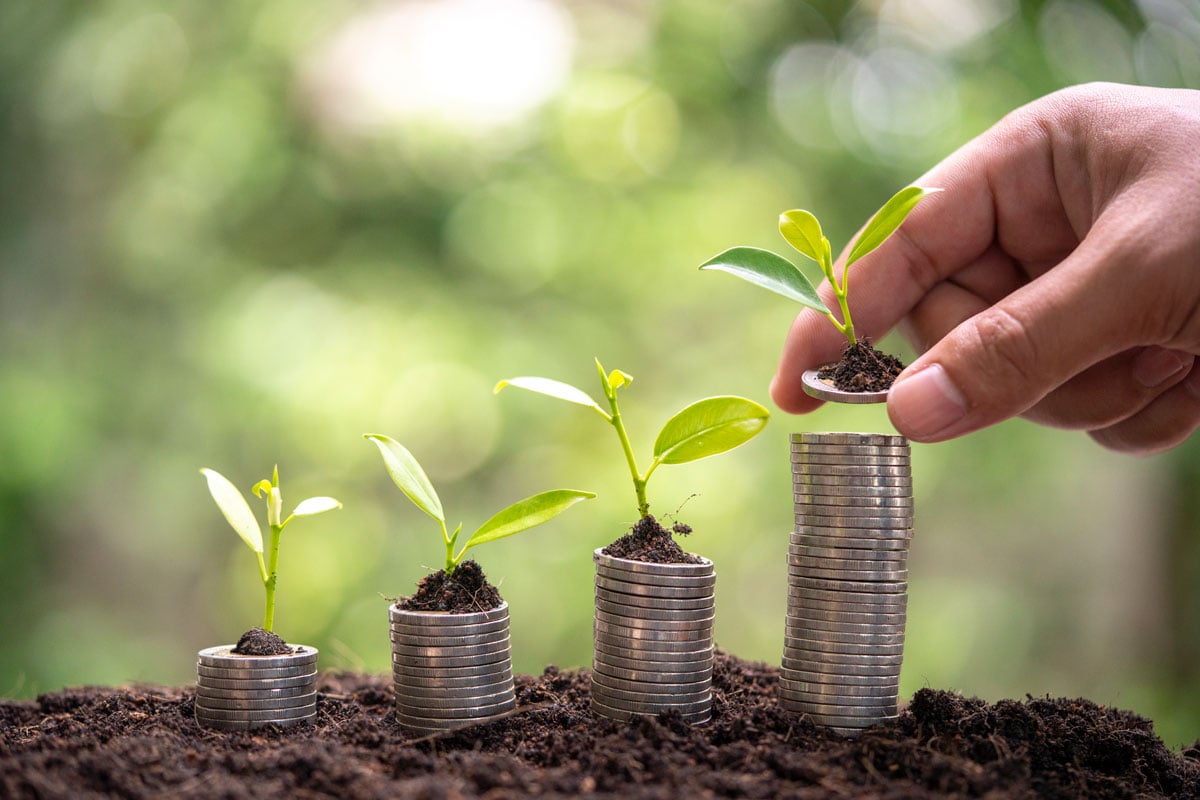What’s The Future Of Impact Investing In The Financial World?
Impact investing, unlike other investment types, is a profitable type of investment that includes return motivations other than financial goals. In such investment models, in addition to financial profit targets, positive outcomes are expected for social or environmental effects.
I can mention environmentally friendly technologies as the best example of impact investing. While environmentally friendly and innovative solutions are both a good investment tool, they also offer different returns in terms of being socially beneficial as an example of Impact investing.
Electric cars, which have been trending in recent years, can be a great example of this strategy. Investing in companies that produce and sell electric cars is both profitable and environmentally friendly investment spaces.
The market volume of financial resources invested according to ESG criteria was around 22.9 trillion worldwide at the beginning of 2016; This corresponds to an increase of 25 percent compared to the beginning of 2014.
The fastest growing segment in the global investment business ( investment funds ) is impact investing. Estimates suggest that around $228 billion is now being managed.
How Does Impact Investing Combine Financial Returns With Social Impact?

Impact investing refers to investments in companies, organizations and funds with the specific intention of achieving measurable, positive effects on the environment or society in addition to a positive financial return. The social and ecological impact is part of the investment strategy and is measured.
This means that impact investing differs from both classic, purely return-driven investments and donations, i.e. impact investing closes the gap between return-oriented investments and donations for social purposes. The key difference to socially responsible investing is the explicit definition of impact goals and the measurement of the impact of the investment.
Impact investing encompasses a wide range of investment opportunities spanning different geographical regions, asset classes and sectors. Financial support reaches small businesses and projects for sustainable agriculture, renewable energy, environmental protection and basic education, health and education.
The projects can affect both developing countries and industrialized countries. In addition to microloans and various other forms of loans, private equity is also increasingly being used.
What Are The Key Sectors And Themes In Impact Investing?
I can say that the growing investment market is preparing to become an important investment model of the future to overcome the world’s most urgent challenges in sectors such as sustainable agriculture, renewable energy, nature conservation, microfinance and affordable and accessible basic services such as housing, healthcare and education.
There may be examples of Impact investing in different sectors. The energy sector is the most popular for impact investing. However, for social development, sectors such as education, health, employment and transportation are also suitable areas for impact investing.
Investors or businesses need to manage projects not only with financial concerns but also with social and environmental concerns. Impact investing is a beneficial investment strategy for all of us, as it is one of the most common enablers. Impact investing market for sustainable investments is still small, but is growing rapidly.
How Can Investors Measure The Social And Environmental Impact Of Investments?

For individual investors interested in impact investing investment models, there are some ways to measure the social environmental impact of their investments in addition to their financial returns. The most common among these are environmental footprints, surveys, reports and independent evaluation organizations.
While environmental aspects have previously been at the forefront of sustainability issues, in the future the focus will increasingly be on the social responsibility of companies (Corporate Social Responsibility).
This includes, for example, dealing with gender, equal opportunities, employee rights and personnel management, but also health and safety issues among suppliers. Overall, the market for impact investing has the potential to grow strongly in the next few years and to significantly influence investment strategies worldwide in the future.
Are There Impact Investing Funds And Platforms For Retail Investors?
Fortunately, there are countless channels that provide impact investing projects for retail investors. Many investors today want more than just a return, they also want to do something positive for society, i.e. a return with an impact or a “social return”.
The sustainability-oriented investor therefore benefits, on the one hand, from the financial return and, on the other hand, from the social, ethical and ecological effects that his selection entails. Impact investing is particularly popular among wealthy families.
In 2017, more than a third of family offices were involved in this area, which corresponds to an increase of almost five percent compared to the previous year. There is also a growing proportion of institutional investors, as more and more insurance companies, major banks and private equity companies use impact investing.
While a negligible proportion of investable assets (less than 5 percent) were invested by institutional investors in 2012, around a quarter of the funds managed by the end of 2015 came from this group of investors.
What Are The Regulatory And Reporting Standards In Impact Investing?
There are many regulatory and reporting developments for impact investing, but there are still a lack of relevant laws and regulatory policies. Investment decisions are usually made based on the criteria of return, risk and volatility.
With a sustainable investment, these three criteria are expanded by sustainability. The current understanding of sustainability is based on the United Nations Brundtland Report ( sustainable development ) published in 1987.
Its publication was followed in 1989 by the convening of the United Nations Conference on Environment and Development, which took place in Rio de Janeiro in 1992 and at which the international action program “Agenda 21” for the implementation of sustainable action was decided.
The three dimensions of economics, social affairs and ecology must be brought into balance. The ESG criteria have established themselves as the standard for sustainable investments.
One of the essential foundations for impact investing was laid at the United Nations General Assembly in 2015. At that time, 193 countries agreed on 17 global goals, which, as Sustainable Development Goals (SDGs), form a guideline for the use of financial resources for social and ecological purposes.
For example, in Germany between 2013 and 2015, in terms of the number of transactions, the most impact investing was in social enterprises in the areas of employment (20 percent) and education (18 percent), followed by health (12 percent) and sustainable consumption /environment (9 percent).
See you in the next post,
Anil UZUN
